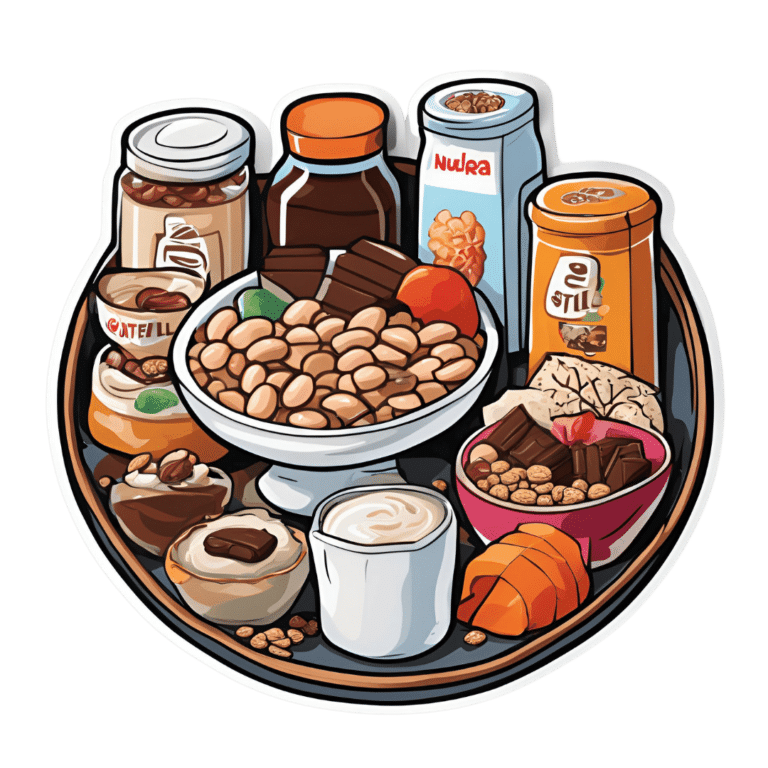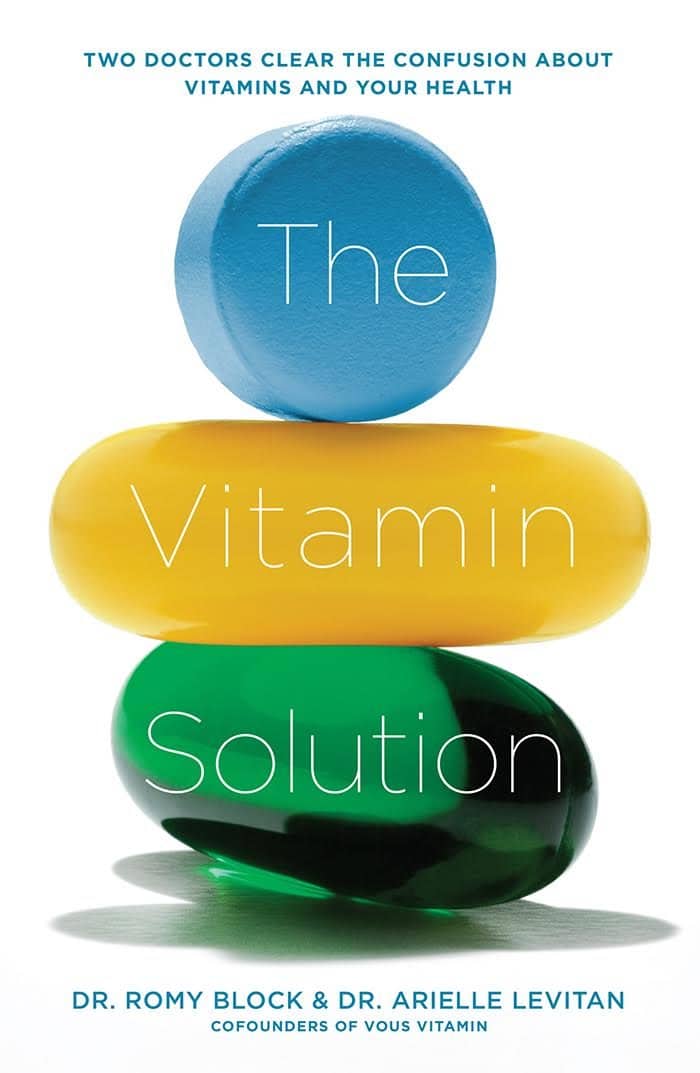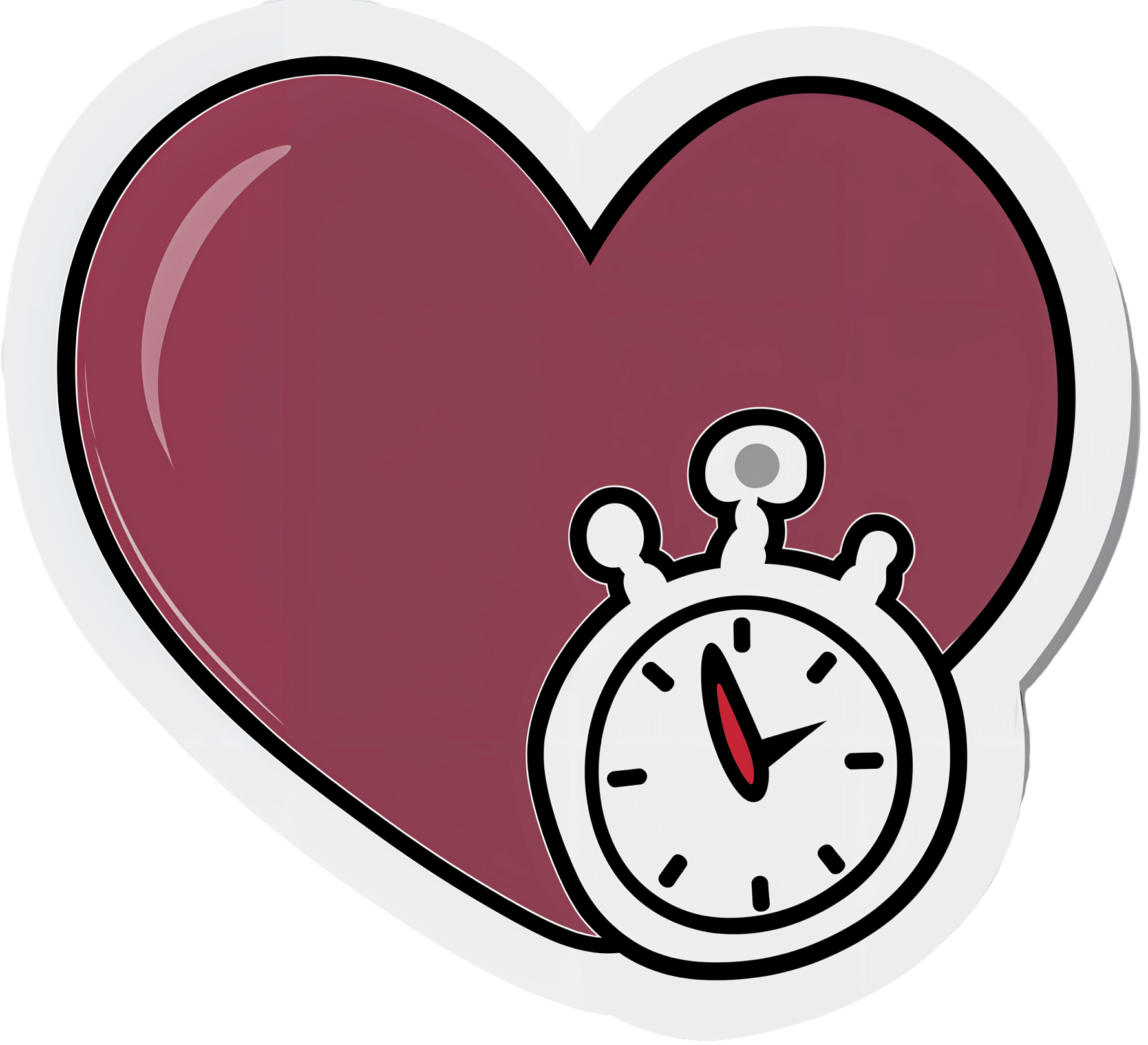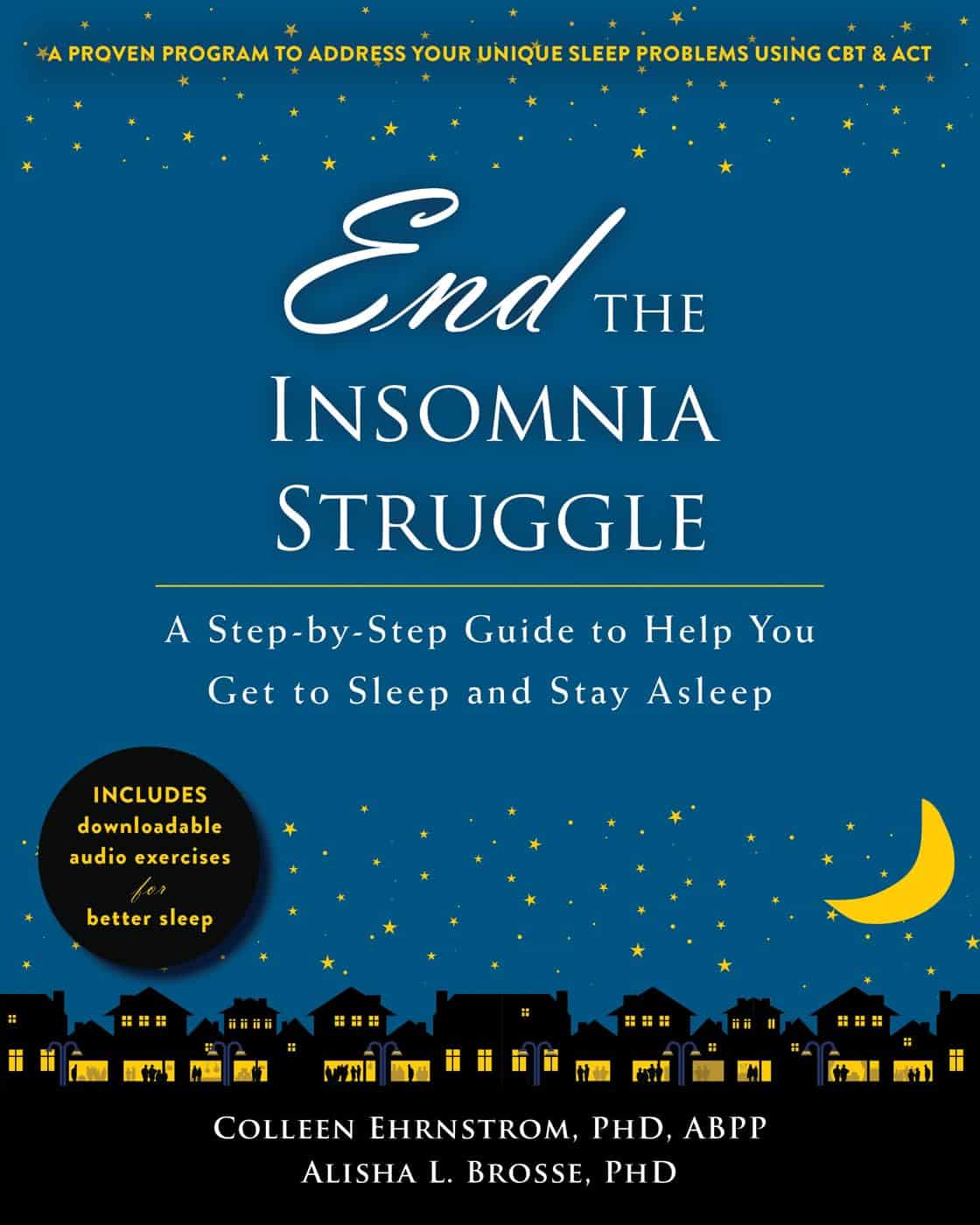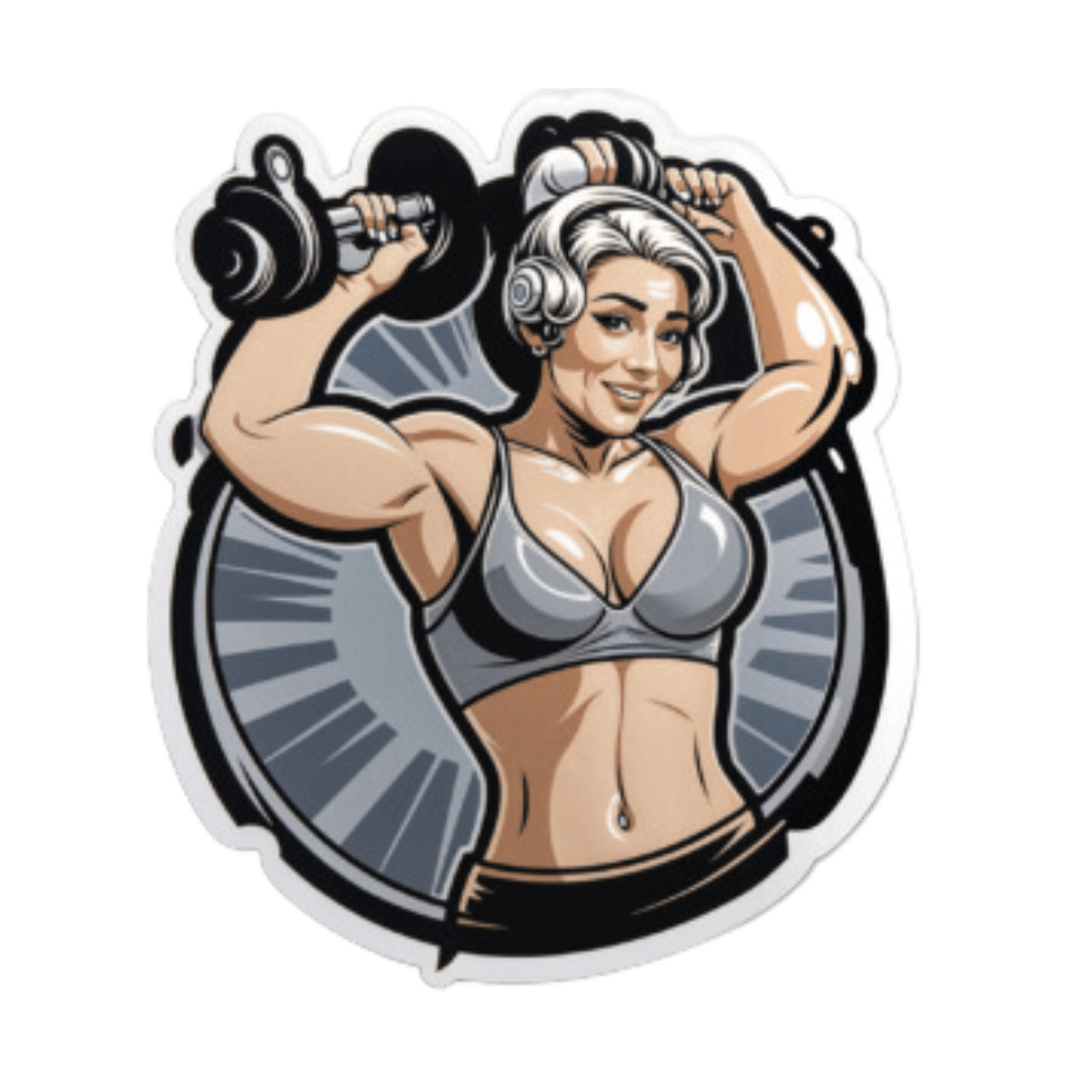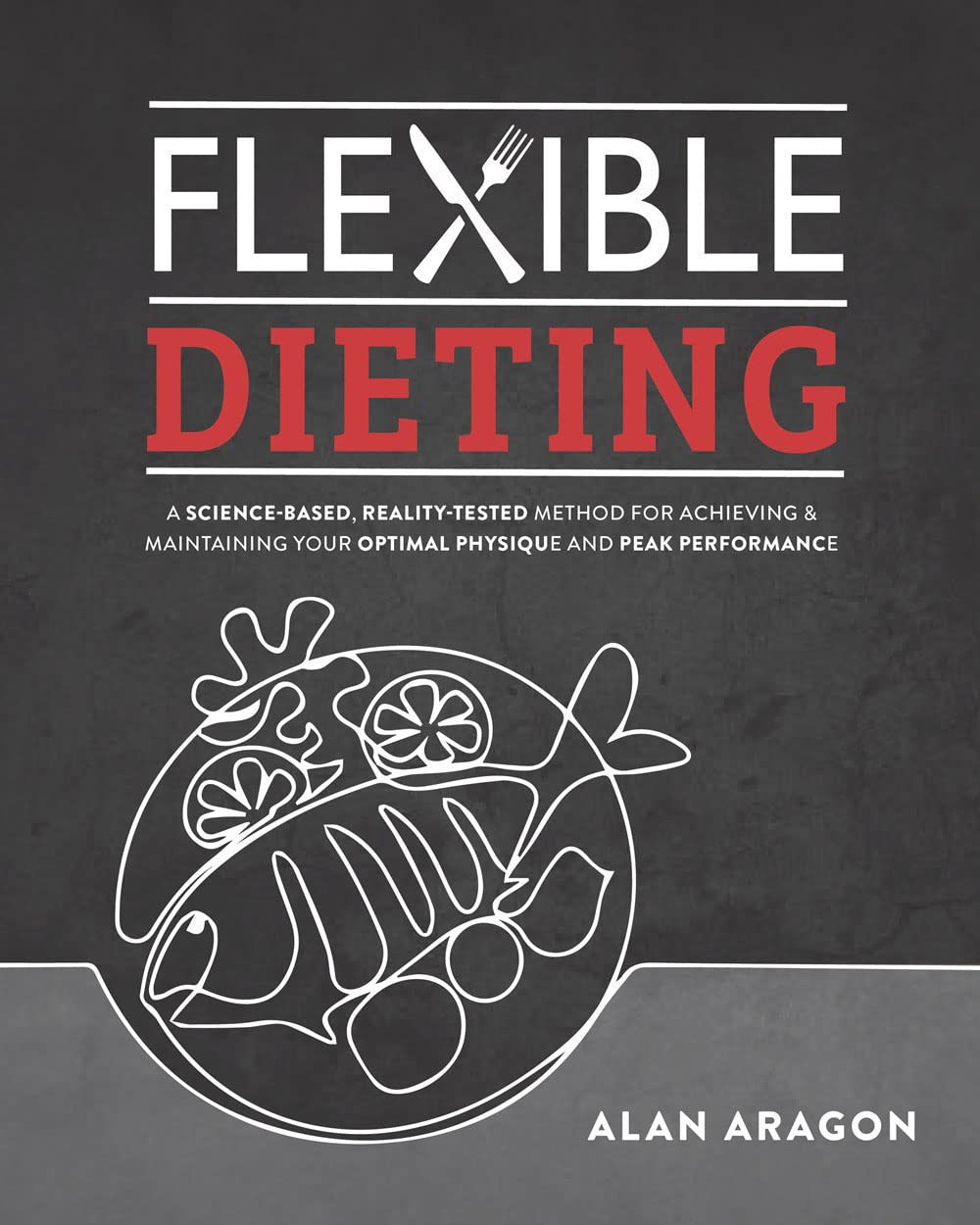
Top 10 Unhealthy Foods: How Many Do You Eat?
10almonds is reader-supported. We may, at no cost to you, receive a portion of sales if you purchase a product through a link in this article.
The items on this list won’t come as a shocking surprise to you, but it can be a good opportunity to do a quick tally and see how many of these have snuck into your diet:
The things that take away health instead of adding it
Without further ado, they are…
- Alcohol: not only is it high in empty calories, but also it’s bad for pretty much everything, especially increasing the risks of liver disease, high blood pressure, and stroke.
- Processed snacks: low in nutrition; contain unhealthy fats, refined sugars, and artificial additives that often aren’t great.
- Potato chips: get their own category for being especially high in fat, sodium, and empty calories; contribute to heart disease and weight gain.
- Processed cheese: some kinds of cheese are gut-healthy in moderation, but this isn’t. Instead, it’s just loaded with saturated fats, sodium, and sugars, and is pretty much heart disease in a slice.
- Donuts: deep-fried, sugary, and made with refined flour; cause blood sugar spikes and crashes, and what’s bad for your blood sugars is bad for almost everything else.
- French fries & similar deep-fried foods: high in saturated fats and sodium; contribute to obesity and heart issues, are not great for blood sugars either.
- White bread: made with refined flour; cause blood sugar spikes and metabolic woes.
- Sodas: high in sugar or artificial sweeteners; can easily lead to weight gain, diabetes, and tooth decay.
- Processed meats: high in calories and salt; strongly associated with heart disease and cancer.
- Hot dogs & fast food burgers: get their own category for being the absolute worst of the above-mentioned processed meats.
This writer scored: no / rarely / no / no / no / rarely / rarely / rarely / no / no
How about you?
Click Here If The Embedded Video Doesn’t Load Automatically!
Want to learn more?
You might also like to read:
Take care!
Don’t Forget…
Did you arrive here from our newsletter? Don’t forget to return to the email to continue learning!
Recommended
Learn to Age Gracefully
Join the 98k+ American women taking control of their health & aging with our 100% free (and fun!) daily emails:
-
The Best Kind Of Fiber For Overall Health?
10almonds is reader-supported. We may, at no cost to you, receive a portion of sales if you purchase a product through a link in this article.
The Fiber Of Good Health
We’ve written before about how most people in industrialized nations in general, and N. America in particular, do not get nearly enough fiber:
Why You’re Probably Not Getting Enough Fiber (And How To Fix It)
Fiber’s important for many aspects of health, not least of all the heart:
What Matters Most For Your Heart? Eat More (Of This) For Lower Blood Pressure
As well, of course, as being critical for gut health:
Gut Health 101: Making Friends With Your Gut (You Can Thank Us Later)
But is all fiber “prebiotic fiber”, and/or are some better than others?
Beta-glucan
A recent study (it’s a mouse study, but promising in its applicability for humans) examined the health impacts of 5 different fiber types:
- pectin
- β-glucan
- wheat dextrin
- resistant starch
- cellulose (control)
As for health metrics, they measured:
- body weight
- adiposity
- indirect calorimetry
- glucose tolerance
- gut microbiota
- metabolites thereof
What they found was…
❝Only β-glucan supplementation during HFD-feeding decreased adiposity and body weight gain and improved glucose tolerance compared with HFD-cellulose, whereas all other fibers had no effect. This was associated with increased energy expenditure and locomotor activity in mice compared with HFD-cellulose.
All fibers supplemented into an HFD uniquely shifted the intestinal microbiota and cecal short-chain fatty acids; however, only β-glucan supplementation increased cecal butyrate concentrations. Lastly, all fibers altered the small-intestinal microbiota and portal bile acid composition. ❞
If you’d like to read more, the study itself is here:
If you’d like to read less, the short version is that they are all good but β-glucan scored best in several metrics.
It also acts indirectly as a GLP-1 agonist, by the way:
The right fiber may help you lose weight
You may be wondering: what is β-glucan found in?
It’s found in many (non-animal product) foods, but oats, barley, mushrooms, and yeasts are all good sources.
Is it available as a supplement?
More or less; there are supplements that contain it generously, here’s an example product on Amazon, a cordyceps extract, of which >30% is β-glucan.
As an aside, cordyceps itself has many other healthful properties too:
Cordyceps: Friend Or Foe? ← the answer is, it depends! If you’re human, it’s a friend.
Enjoy!
Share This Post
-
The Vitamin Solution – by Dr. Romy Block & Dr. Arielle Levitan
10almonds is reader-supported. We may, at no cost to you, receive a portion of sales if you purchase a product through a link in this article.
A quick note: it would be remiss of us not to mention that the authors of this book are also the founders of a vitamin company, thus presenting a potential conflict of interest.
That said… In this reviewer’s opinion, the book does seem balanced and objective, regardless.
We talk a lot about supplements here at 10almonds, especially in our Monday Research Review editions. And yesterday, we featured a book by a doctor who hates supplements. Today, we feature a book by two doctors who have made them their business.
The authors cover all the most common vitamins and minerals popularly enjoyed as supplements, and examine:
- why people take them
- factors affecting whether they help
- problems that can arise
- complicating factors
The “complicating factors” include, for example, the way many vitamins and/or minerals interplay with each other, either by requiring the presence of another, or else competing for resources for absorption, or needing to be delicately balanced on pain of diverse woes.
This is the greatest value of the book, perhaps; it’s where most people go wrong with supplementation, if they go wrong.
While both authors are medical doctors, Dr. Romy Block is an endocrinologist specifically, and she clearly brought a lot of extra attention to relevant metabolic/thyroid issues, and how vitamins and minerals (such as thiamin and iron) can improve or sabotage such, depending on various factors that she explains. Informative, and so far as this reviewer could see, objective and well-balanced.
Bottom line: supplementation is a vast and complex topic, but this book does a fine job of demystifying and simplifying it in a clear and objective fashion, without resorting to either scaremongering or hype.
Click here to check out The Vitamin Solution, and upgrade your knowledge!
Share This Post
-
How To Improve Your Heart Rate Variability
10almonds is reader-supported. We may, at no cost to you, receive a portion of sales if you purchase a product through a link in this article.
How’s your heart rate variability?
The hallmarks of a good, strong cardiovascular system include a medium-to-low resting heart rate (for adults: under 60 beats per minute is good; under 50 is typical of athletes), and healthy blood pressure (for adults: under 120/80, while still above 90/60, is generally considered good).
Less talked-about is heart rate variability, but it’s important too…
What is heart rate variability?
Heart rate variability is a measure of how quickly and easily your heart responds to changes in demands placed upon it. For example:
- If you’re at rest and then start running your fastest (be it for leisure or survival or anything in between), your heart rate should be able to jump from its resting rate to about 180% of that as quickly as possible
- When you stop, your heart rate should be able to shift gears back to your resting rate as quickly as possible
The same goes, to a commensurately lesser extent, to changes in activity between low and moderate, or between moderate and high.
- When your heart can change gears quickly, that’s called a high heart rate variability
- When your heart is sluggish to get going and then takes a while to return to normal after exertion, that’s called a low heart rate variability.
The rate of change (i.e., the variability) is measured in microseconds per beat, and the actual numbers will vary depending on a lot of factors, but for everyone, higher is better than lower.
Aside from quick response to crises, why does it matter?
If heart rate variability is low, it means the sympathetic nervous system is dominating the parasympathetic nervous system, which means, in lay terms, your fight-or-flight response is overriding your ability to relax.
See for example: Stress and Heart Rate Variability: A Meta-Analysis and Review of the Literature
This has a lot of knock-on effects for both physical and mental health! Your heart and brain will take the worst of this damage, so it’s good to improve things for them impossible.
This Saturday’s Life Hacks: how to improve your HRV!
Firstly, the Usual Five Things™:
- A good diet (that avoids processed foods)
- Good exercise (that includes daily physical activity—more often is more important than more intense!)
- Good sleep (7–9 hours of good quality sleep per night)
- Reduce or eliminate alcohol consumption (this is dose-dependent; any reduction is an improvement)
- Don’t smoke (just don’t)
Additional regular habits that help a lot:
- Breathing exercises, mindfulness, meditation
- Therapy, especially CBT and DBT
- Stress-avoidance strategies, for example:
- Get (and maintain) your finances in good order
- Get (and maintain) your relationship(s) in good order
- Get (and maintain) your working* life in good order
*Whatever this means to you. If you’re perhaps retired, or otherwise a home-maker, or even a student, the things you “need to do” on a daily basis are your working life, for these purposes.
In terms of simple, quick-fix, physical tweaks to focus on if you’re already broadly leading a good life, two great ones are:
- Exercise: get moving! Walk to the store even if you buy nothing but a snack or drink to enjoy while walking back. If you drove, make more trips with the shopping bags rather than fewer. If you like to watch TV, consider an exercise bike or treadmill to use while watching. If you have a partner, double-up and make it a thing you do together! Take the stairs instead of the elevator. Take the scenic route when walking someplace. Go to the bathroom that’s further away. Every little helps!
- Breathe: even just a couple of times a day, practice mindful breathing. Start with even just a minute a day, to get the habit going. What breathing exercise you do isn’t so important as that you do it. Notice your breathing; count how long each breath takes. Don’t worry about “doing it right”—you’re doing great, just observe, just notice, just slowly count. We promise that regular practice of this will have you feeling amazing
Share This Post
Related Posts
-
End the Insomnia Struggle – by Dr. Colleen Ehrnstrom and Dr. Alisha Brosse
10almonds is reader-supported. We may, at no cost to you, receive a portion of sales if you purchase a product through a link in this article.
We’ve reviewed sleep books before, and we always try to recommend books that have something a little different than the rest, so what makes this one stand out?
While there is the usual quick overview of the basics that we’re sure you already know (sleep hygiene etc), most of the attention here is given to cold, hard clinical psychology… in a highly personalized way.
How, you may ask, can they personalize a book, that is the same for everyone?
The answer is, by guiding the reader through examining our own situation. With template logbooks, worksheets, and the like—for this reason we recommend getting a paper copy of the book, rather than the Kindle version, in case you’d like to use/photocopy those.
Essentially, reading this book is much like having your own psychologist (or two) to guide you through finding a path to better sleep.
The therapeutic approach, by the way, is a combination of Cognitive Behavioral Therapy (CBT) and Acceptance-Commitment Therapy (ACT), which work very well together here.
Bottom line: if you’ve changed your bedsheets and turned off your electronic devices and need something a little more, this book is the psychological “big guns” for removing the barriers between you and good sleep.
Click here to check out End the Insomnia Struggle, and end yours once and for all!
Don’t Forget…
Did you arrive here from our newsletter? Don’t forget to return to the email to continue learning!
Learn to Age Gracefully
Join the 98k+ American women taking control of their health & aging with our 100% free (and fun!) daily emails:
-
Staying Strong: Tips To Prevent Muscle Loss With Age
10almonds is reader-supported. We may, at no cost to you, receive a portion of sales if you purchase a product through a link in this article.
Dr. Andrea Furlan, specialist in physical medicine and rehabilitation with 30 years of experience, has advice:
Fighting sarcopenia
Sarcopenia is so common as to be considered “natural”, but “natural” does not mean “obligatory” and it certainly doesn’t mean “healthy”. As for how to fight it?
You may be thinking “let us guess, is it eat protein and do resistance exercises? And yes it is, but that’s only part of it…
Firstly, she recommends remembering why you are doing this, or because understanding is key to compliance (i.e. your perfect diet and exercise program will mean nothing if you don’t actually do it, and you won’t do it enough to make it a habit, let alone keep it up, if the reasons aren’t clear in your mind).
Sarcopenia comes with an increased risk of falls, reduced physical capacity in general, resultant disability, social isolation, and depression. Of course, this is not a one-to-one equation; you will not necessarily become depressed the moment your muscle mass is below a certain percentage, but statistically speaking, the road to ruin is laid out clearly.
Secondly, she recommends being on the lookout for it. If you check your body composition regularly with a gadget, that’s great and laudable; if you don’t, then a) consider getting one (here’s an example product on Amazon), and b) watch out for decreased muscle strength, fatigue, reduced stamina, noticeable body shape changes with muscle loss and (likely) fat gain.
Thirdly, she recommends more than just regular resistance training and good protein intake. Yes, she recommends those things too, but also getting enough water (can’t rebuild the body without it), avoiding a sedentary lifestyle (sitting leads to atrophy of many supporting and stabilizing muscles, you know, the kind of muscles that don’t look flashy but stop you falling down), and getting good sleep—vital for all kinds of body maintenance, and muscle maintenance is no exception (there’s a reason bodybuilders sleep 9–12 hours daily when in a gaining phase; you don’t need to do that, but don’t skimp on your 7–9 hours, yes, really, even you, yes, at any age).
Lastly, she recommends continuing to learn about the topic, as otherwise it’s easy to go off-track.
For more information on all of the above and more, enjoy:
Click Here If The Embedded Video Doesn’t Load Automatically!
Want to learn more?
You might also like to read:
- Protein: How Much Do We Need, Really?
- Resistance Is Useful! (Especially As We Get Older)
- Resistance Beyond Weights
- HIIT, But Make It HIRT ← this is about high-intensity resistance training (HIRT); confusing the muscles like one confuses the heart in HIIT, which thus yields improved results
- Sleep: Yes, You Really Do Still Need It
Take care!
Don’t Forget…
Did you arrive here from our newsletter? Don’t forget to return to the email to continue learning!
Learn to Age Gracefully
Join the 98k+ American women taking control of their health & aging with our 100% free (and fun!) daily emails:
-
Flexible Dieting – by Alan Aragon
10almonds is reader-supported. We may, at no cost to you, receive a portion of sales if you purchase a product through a link in this article.
This is the book from which we were working, for the most part, in our recent Expert Insights feature with Alan Aragon. We’ll re-iterate here: despite not being a Dr. Aragon, he’s a well-published research scientist with decades in the field of nutritional science, as well as being a personal trainer and fitness educator.
As you may gather from our other article, there’s a lot more to this book than “eat what you like”. Specifically, as the title suggests, there’s a lot of science—decades of it, and while we had room to cite a few studies in our article, he cites many many more; several citations per page of a 288-page book.
So, that sets the book apart from a lot of its genre; instead of just “here’s what some gym-bro thinks”, it’s “here’s what decades of data says”.
Another strength of this book is how clearly he explains such a lot of science—he explains terms as they come up, as well as having a generous glossary. He also explains things clearly and simply without undue dumbing down—just clarity of communication.
The style is to-the-point and instructional; it’s neither full of fitness-enthusiast hype nor dry academia, and keeps a light and friendly conversational tone throughout.
Bottom line: if you’d like to get your diet in order and you want to do it right while also knowing which things still need attention (and why) and which you can relax about (and why), then this book will get you there.
Click here to check out Flexible Dieting, and take an easy, relaxed control of yours!
Don’t Forget…
Did you arrive here from our newsletter? Don’t forget to return to the email to continue learning!
Learn to Age Gracefully
Join the 98k+ American women taking control of their health & aging with our 100% free (and fun!) daily emails:

